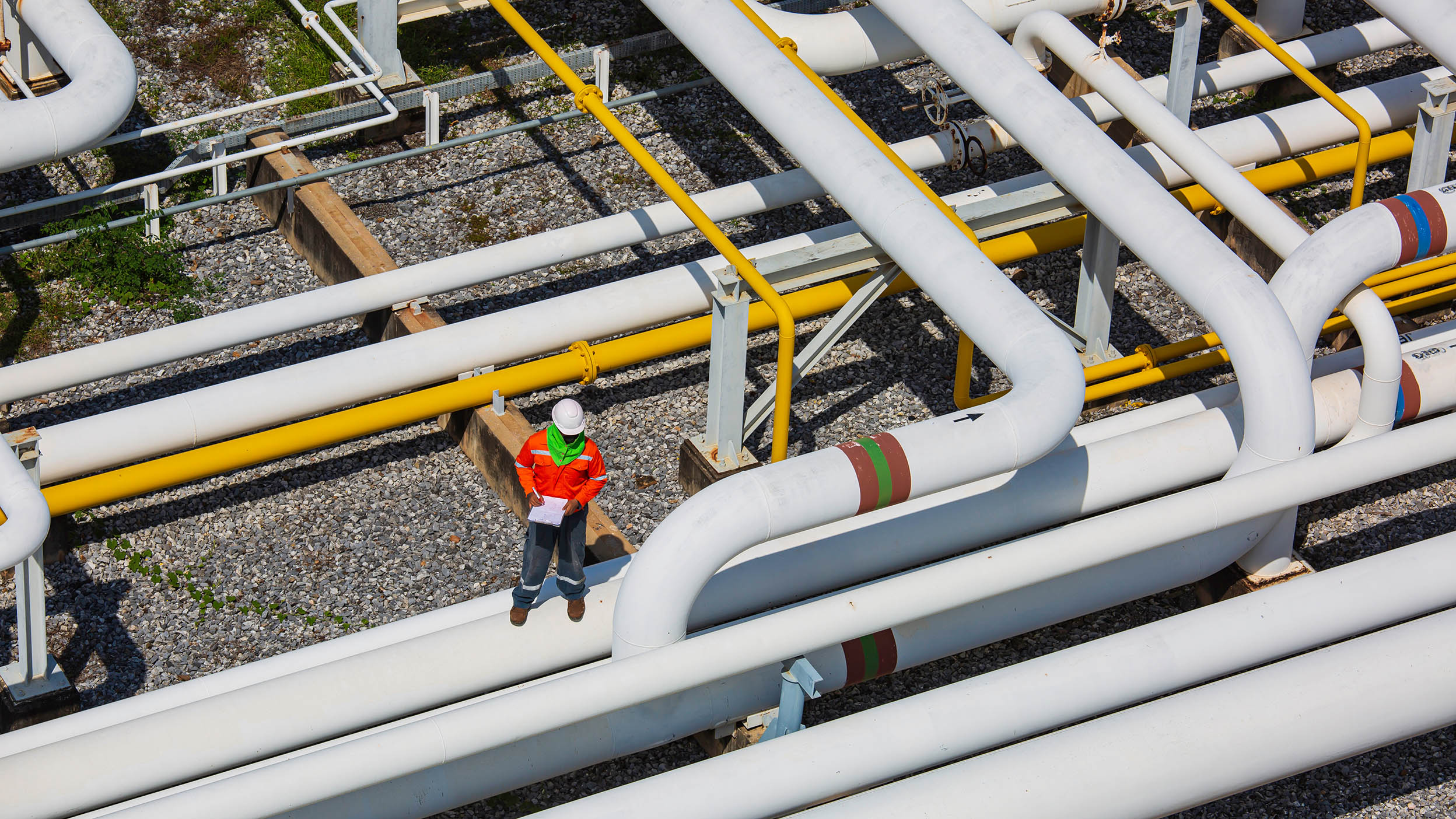MLPZX
Invesco SteelPath MLP Income Fund

Each month, the Invesco SteelPath team provides an update and insight on the most recent midstream industry happenings. Each monthly commentary provides:
Midstream equities outperformed the S&P 500 Index over the month of November as third quarter earnings season concluded and as the Permian Basin continued to drive both new infrastructure growth and sector consolidation.1 The International Energy Agency released its flagship World Energy Outlook pointing to global demand for crude oil and natural gas continuing to rise through 2050.
MLPZX
Invesco SteelPath MLP Income Fund
MLPTX
Invesco SteelPath MLP Select 40 Fund
MLPOX
Invesco SteelPath MLP Alpha Fund
MLPNX
Invesco SteelPath MLP Alpha Plus Fund
PIPE
Invesco SteelPath MLP & Energy Infrastructure ETF
NA5039204
There are risks involved with investing in ETFs, including possible loss of money. Actively managed ETFs do not necessarily seek to replicate the performance of a specified index. Actively managed ETFs are subject to risks similar to stocks, including those related to short selling and margin maintenance. Ordinary brokerage commissions apply. The Fund's return may not match the return of the Index. The Fund is subject to certain other risks. Please see the current prospectus for more information regarding the risk associated with an investment in the Fund.
Midstream equities are represented by the Alerian MLP Index.
The S&P 500 Index is a stock market index that measures the stock performance of 500 large companies listed on stock exchanges in the United States. The Alerian MLP Index is a float-adjusted, capitalization-weighted index measuring master limited partnerships, whose constituents represent approximately 85% of total float-adjusted market capitalization. Index performance is shown for illustrative purposes only and does not predict or depict the performance of any investment. An investment cannot be made into an index. Past performance does not guarantee future results.
The opinions referenced above are those of the author. These comments should not be construed as recommendations but as an illustration of broader themes. Forward-looking statements are not guarantees of future results. They involve risks, uncertainties and assumptions; there can be no assurance that actual results will not differ materially from expectations. The opinions are based on current market conditions and are subject to change. They may differ from these of other Invesco investment professionals.
Most MLPs operate in the energy sector and are subject to the risks generally applicable to companies in that sector, including commodity pricing risk, supply and demand risk, depletion risk and exploration risk. MLPs are also subject to the risk that regulatory or legislative changes could eliminate the tax benefits enjoyed by MLPs, which could have a negative impact on the after-tax income available for distribution by the MLPs and/or the value of the portfolio’s investments. Although the characteristics of MLPs closely resemble a traditional limited partnership, a major difference is that MLPs may trade on a public exchange or in the over-the-counter market. Although this provides a certain amount of liquidity, MLP interests may be less liquid and subject to more abrupt or erratic price movements than conventional publicly traded securities. The risks of investing in an MLP are similar to those of investing in a partnership and include more flexible governance structures, which could result in less protection for investors than investments in a corporation. MLPs are generally considered interest-rate-sensitive investments. During periods of interest rate volatility, these investments may not provide attractive returns.
Energy infrastructure MLPs are subject to a variety of industry-specific risk factors that may adversely affect their business or operations, including those due to commodity production, volumes, commodity prices, weather conditions, terrorist attacks, etc. They are also subject to significant federal, state and local government regulation.
Natural gas pipeline companies focus on transporting natural gas through a country wide network of pipelines. Gathering companies involve connecting oil and/or natural gas wells to major pipelines through a series of small pipelines. Processing is required for natural gas and involves the removal of potential contaminants and separation of NGLs so that the gas can meet purity standards for pipeline transmission. Propane companies specialize in transporting and delivering propane to customers.
This link takes you to a site not affiliated with Invesco. The site is for informational purposes only. Invesco does not guarantee nor take any responsibility for any of the content.